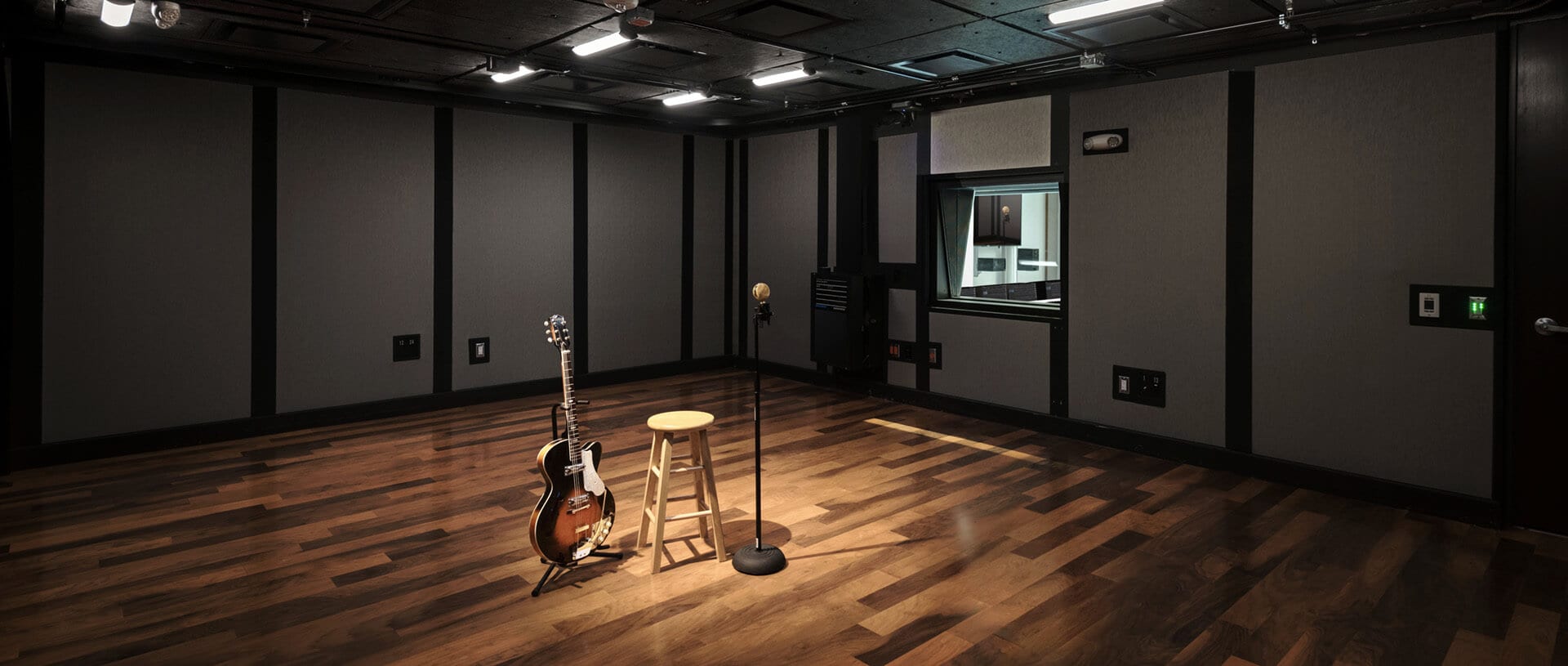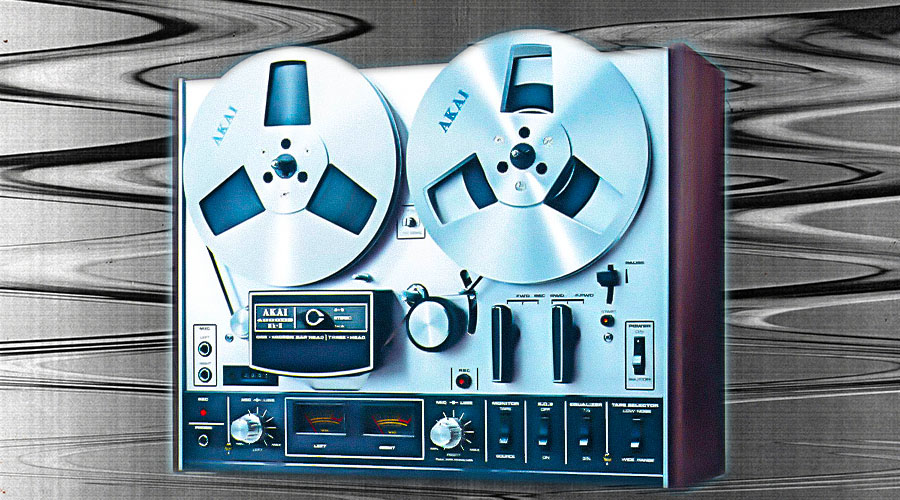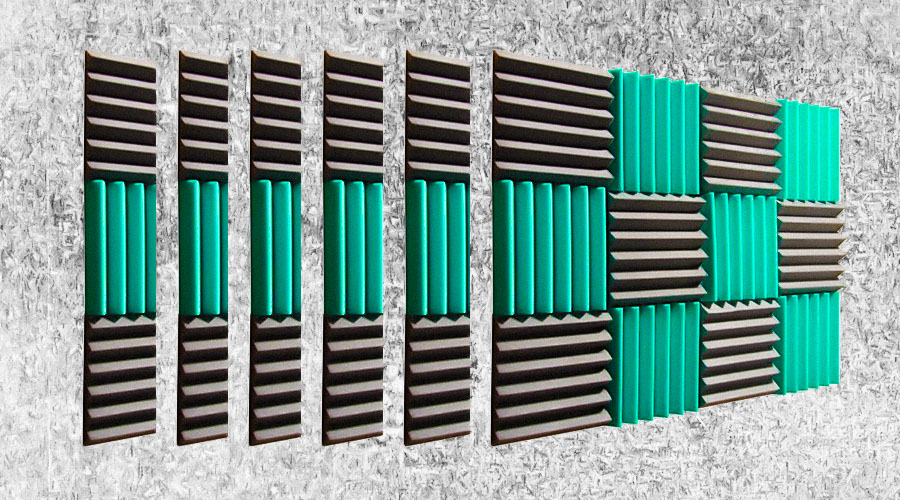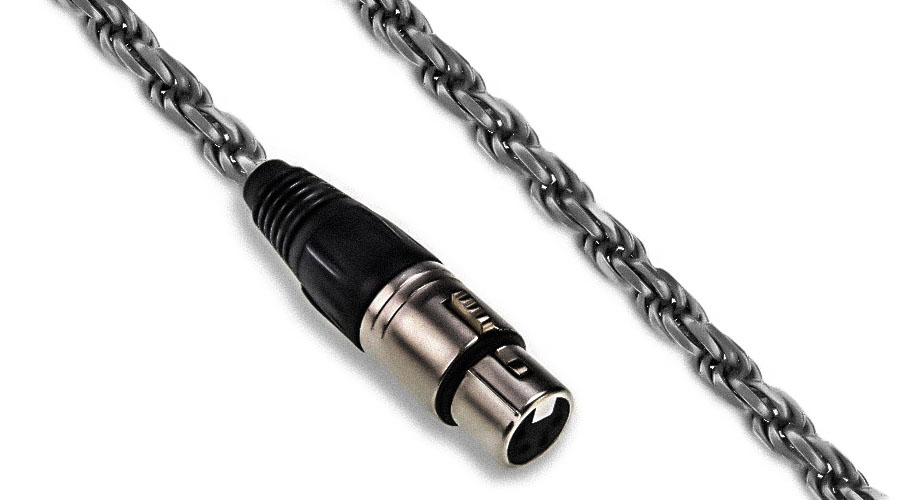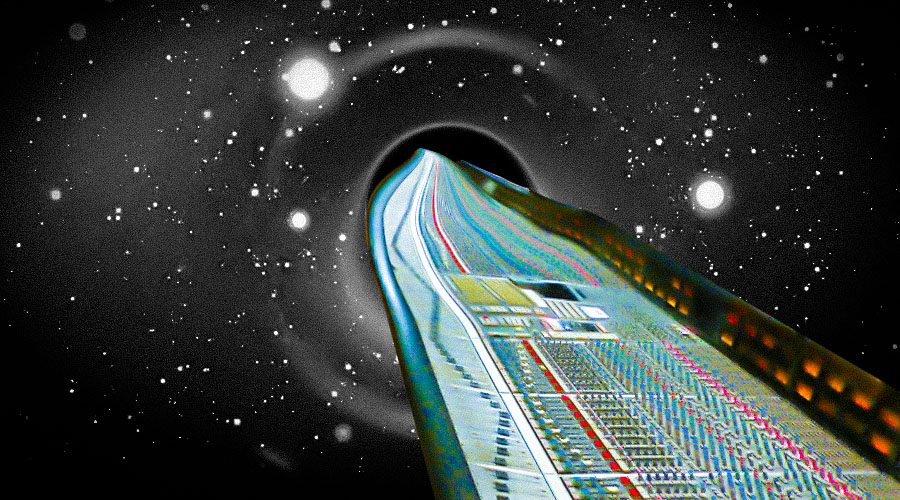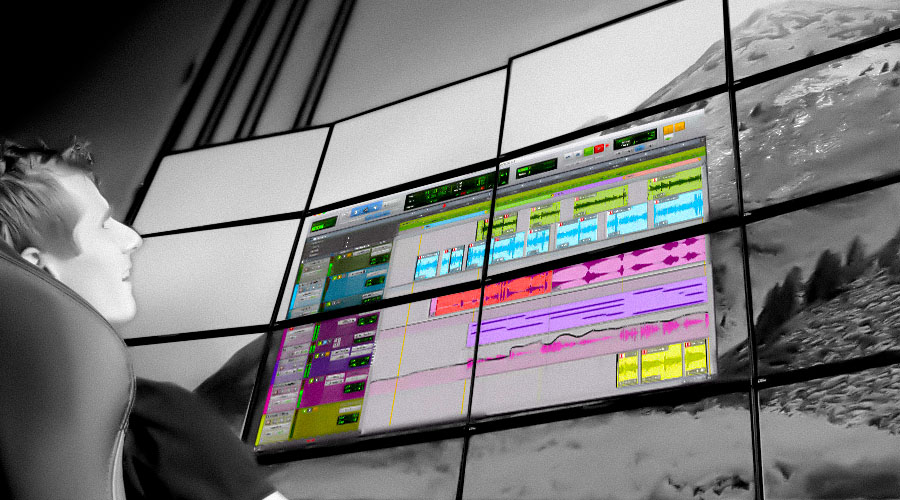It’s simple to get hyper-focused on the pieces of gear you should add to your setup or things you do not need in your studio to make some great tracks.
Equipment such as audio interfaces, headphones, and VST plugins are all necessities that come to mind.
However, we don’t spend almost as much time considering the things that are not vital.
Here are 7 things you do not need in your studio inventory.
1. Consumer tape machines
Low-quality tape machines nearly never produce the type of desirable lo-fi texture you are hoping they’ll.
Some classic models could impart a terrific sonic signature, however, these sought after units are expensive—and only getting pricier!
A basic home audio reel-to-reel designed for playing back commercial tapes was never meant to be a real recording tool.
You may find you could actually get a more convincing lo-fi sound utilizing plugins!
2. More than 16 channels of AD/DA
Do you own a big format console? Do you have multiple refrigerator-sized racks of outboard gear? Do you mainly record massive ensembles like orchestras?
When you answered “no” to those questions, you could tackle the majority of recording situations completely well utilizing no more than 16 tracks.
Modern audio interfaces are more sophisticated than ever before. Channel counts on intermediate budget interfaces get greater each year.
However, that does not mean you need to max out your budget getting the most channels you possibly could.
In fact, the majority of your recordings will probably only call for a handful of channels at a time.
And when you are mixing in the box, you will probably only need enough outputs for proper monitoring and headphone mixes.
16×16 is a superb place to draw the line. It’s even a great limitation to think about. Do you really need that third room mic? Put a hard limit on your I/O and get creative!
3. Branded acoustic foam
In most cases fancy branded acoustic foam products do not provide enough of an advantage to justify their price.
In fact, when you take a look at images of top-end pro studios, you will not see any of that sort of acoustic product.
The best type of acoustic treatment for absorbing problematic reflections is specifically designed acoustic panels.
Fortunately, it’s possible to make your own DIY acoustic panels pretty simply. There is a lot of resources online to get you began creating DIY acoustic treatment.
4. Expensive studio furniture
High-end studio furniture for housing your rack gear and laptop could look good.
However, it’s nearly certainly not worth the price unless you have already put together your dream gear setup.
Even when you are recording other people professionally, the “wow factor” of fancy studio desks and racks barely makes a difference to your bottom line. Spend that money somewhere that greater contributes to the sound of your tracks.
Moreover, studio furniture does not have to be purpose-built to be effective. You could get great outcomes by “hacking” some inexpensive kit furniture models from a well-known brand…
5. High-end cables
There is nearly no more obvious instance of audio snake oil than premium cables.
In fact, there’s still a lively debate online with some audiophiles ready to go to bat for high-end cabling.
However, the truth is that even if there was any noticeable improvement it will be the absolute last element in your chain to optimize.
It’s necessary to purchase cables that will not easily break, however, anything beyond basic standards of durability and build quality is totally unnecessary.
There are so many more significant methods to extend sound quality than shelling out for the top of the line cables.
Attempt to enhance everything upstream in your chain before you even entertain the idea of investing in premium cables.
6. External mixers
Many well-curated marketing mockups of “inspiring” studio setups seem to feature an entry-level FOH mixer somewhere in the shot.
However, do these sorts of budget mixers have any real utility in a studio? Not particularly.
Even when you desperately need more preamp channels, the pres in consumer live sound gear needs to be an absolute last resort.
You should not need to do any “mixing down” of multiple sources before they hit your DAW either. You will only be limiting your choices and potentially ruining perfectly good tracks.
And monitor mixes? Much simpler to do in software.
The cabling that would be required to pull them up on an analog mixer is nearly worth the price of a whole new audio interface with enough outputs!
In fact, high-end analog summing mixers are another argument entirely.
Some engineers swear by them and others insist it is all hype. Your mileage might vary!
7. TV sized displays
Do you ever think about how awesome it would be when you may see all 400 tracks in your epic session on one single display?
It may make you feel tempted to get a massive TV screen to use as a display for your DAW rig.
However, do you really need that much screen real estate? In case your work is mainly music and does not embrace a lot of post-production audio for video—you probably do not!
It may even cause your mixes to suffer.
A giant TV screen is another hard surface that may add problematic reflections to your mix room.
That is why many pro studios do not have the DAW display as the focal point of the mix environment.
There is no point in acoustically treating your walls when you are just going to hang a wall sized screen on them!
Moreover, you might be better served by simplifying your session and concentrating on the key sounds. More tracks aren’t always better!
The bare non-essentials
Sometimes it seems like all you should complete your studio is one more piece.
It’s much rarer that we talk about what we absolutely do not need!
Have you ever caught your self GAS-ing so as to add this stuff to your setup? In that case, assume twice about what you really want—and what you don’t.

